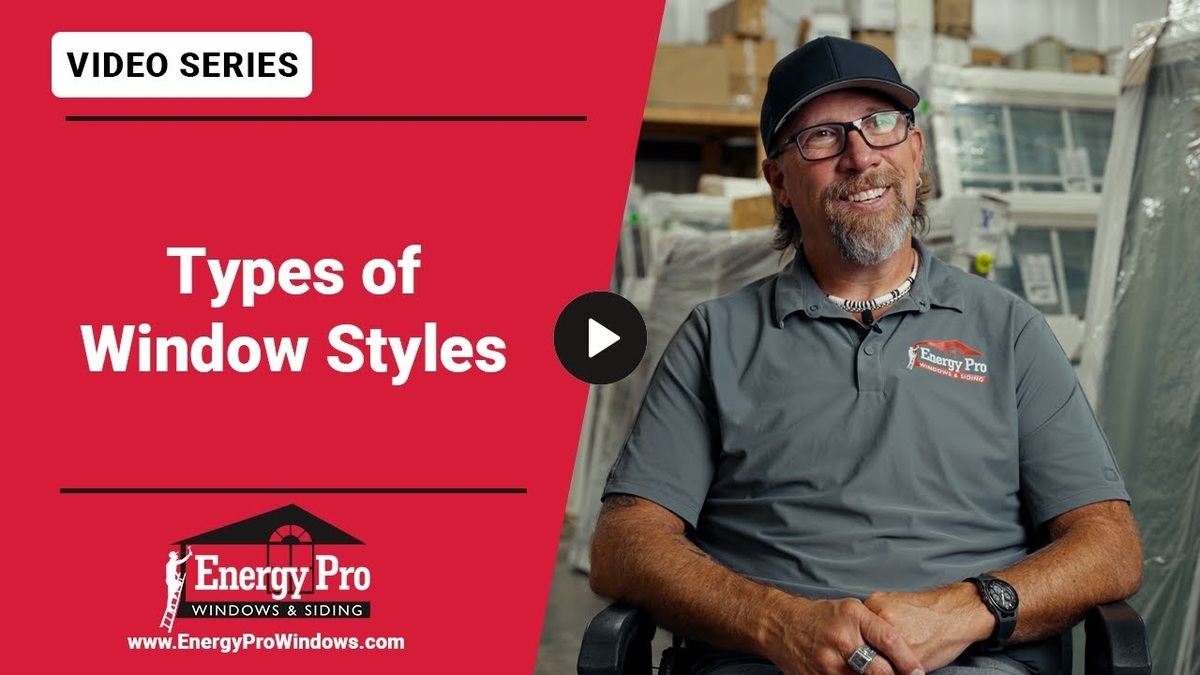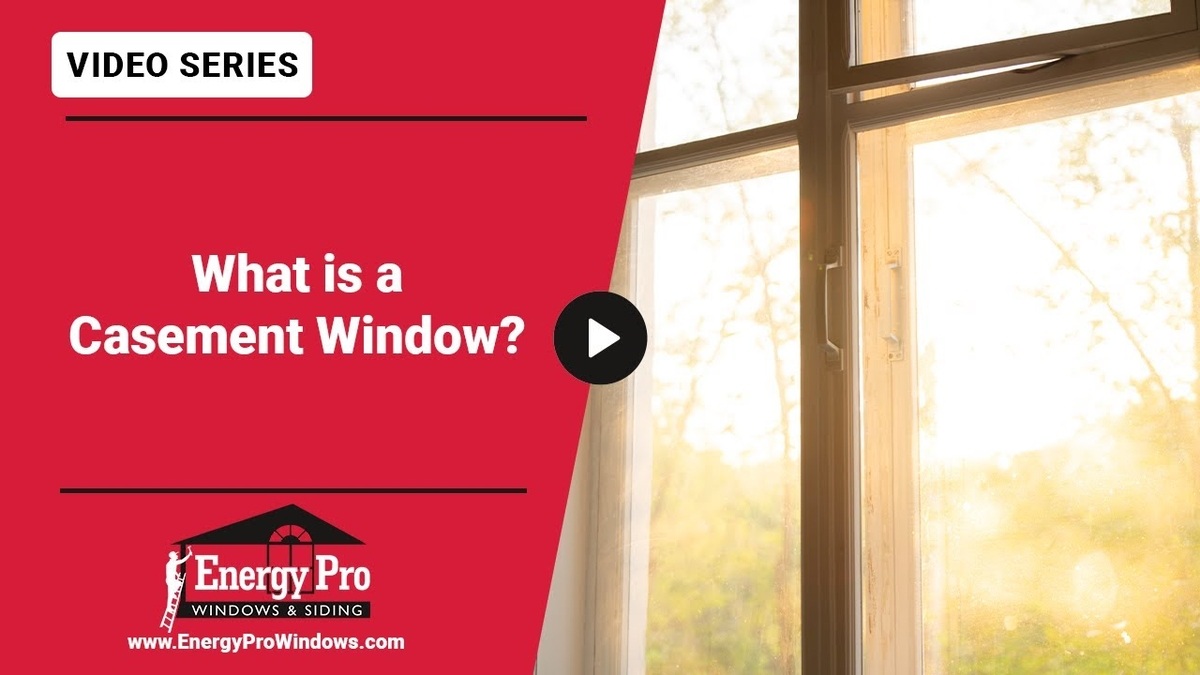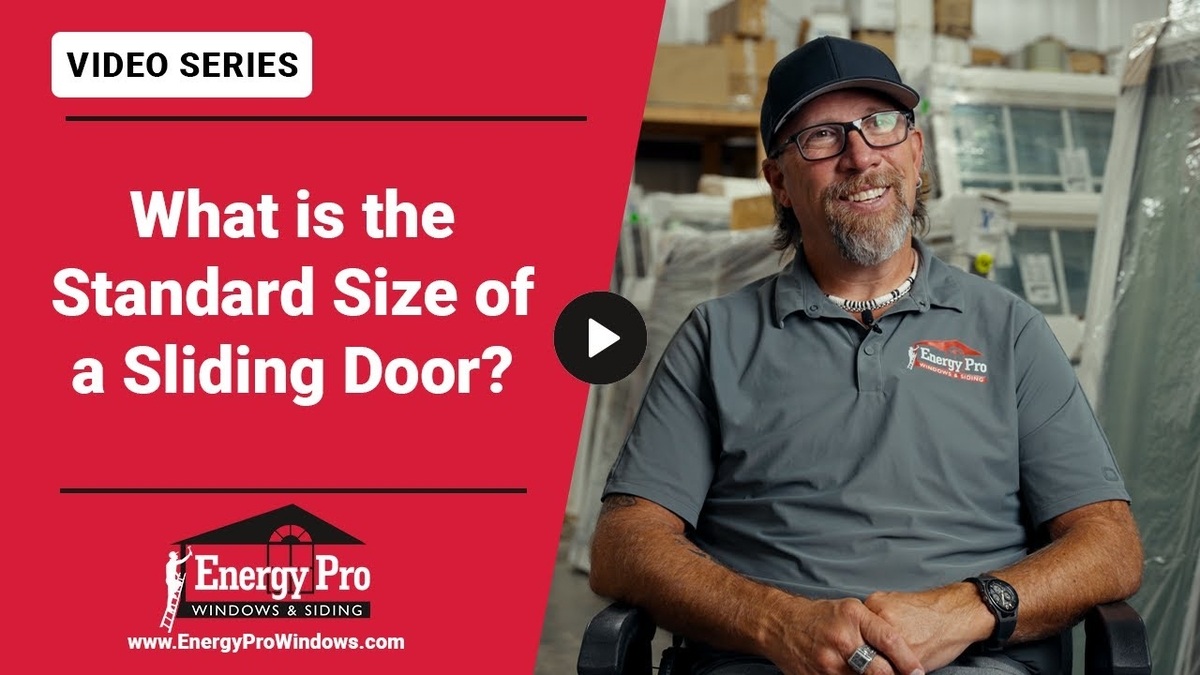Gutter Maintenance and Installation is critical to the upkeep of your Kansas City home, because we get so many leaves in the fall.
This time of year you see lots of commercials about how the leaves in the gutters are unsafe and how it’s important to clean them, and that’s all true. There are key things to know about different types of gutter protection, including how to maintain them, and what to choose when installing new.
Why Proper Gutter Maintenance and Installation is Important
Since there are lots of leaves in the fall, that tends to be the time of year most homeowners maintain their gutters, or get new systems installed. It’s a great opportunity to upgrade them when you’re upgrading your home’s siding too.
Gutter systems have many parts that aren’t always addressed by simple gutter replacement companies. Your home’s gutter system has a Facia board, for example, that often collects a lot of water and begins to rot. If a gutter contractor simply replaces your gutters without replacing that board, there is no solid attachment surface for the new gutter system, and it will simply work loose.
Facia board can be wrapped in metal that helps it last for life. This provides a high level of protection for the wood underneath.
Be sure the company you choose for gutters can take care of wood rot.
Types of Gutter Protection Systems
There are several barriers and protection systems. The first is a basic screen, the second is a metal screen with holes in it, and the last we call the bull nose—it’s a system that attaches on the front of the gutter. It provides an excellent leaf protection system, because there’s only a very small opening for water to enter, and that’s not generally large enough for leaves.
These mesh and bullnose gutter systems are designed to allow leaves to blow off in the wind, helping to protect your gutters.
Don’t be sold on any specific system without talking to your gutter system installer, though, because we don’t recommend them on most homes. Why? Because many Kansas City homes have large, high-pitched roofs.
With steep roofs, rainwater just shoots off of it at the end. And when you have protection systems on your gutters, they act like ramps for the water to shoot off of.
A mesh gutter guard covers 50-70% of your gutter, which restricts the water flow. A standard five-inch gutter is reduced to the equivalent of a two- or three-inch gutter.
Problems With Gutter Maintenance and Installation
Many gutter companies will tell you their products can handle 10-15 inches of rain an hour. But ten inches of rain coming into a restricted area, one half as big as intended, won’t happen.
When the water shoots off to the ground, that’s fine. If you have flowerbeds, an entryway, and so on below, though, you may see extensive damage from water shooting off.
The bull nose system is probably the worst one for water. It covers your entire gutter, so the water can only enter about a ¾ inch wide channel. That’s a drastic cut down from a five-inch gutter. It gives excellent protection to keep leaves from entering the gutter, but the water will race off a high pitch roof, like those in Liberty and Overland Park, and shoot off into flower beds.
Gutter Installation Costs
Standard K-size gutter comes in five- and six-inch width. We highly recommend six-in as it’s only about a dollar more per square foot but gives you a 20% increase in volume.
Older neighborhoods like Prairie Village, Independence, and RayTown have four-inch gutters, so upgrading to six provides an even more dramatic improvement.
Pricing has been volatile since Covid, but generally you’ll pay $8-10 a foot for a six-inch gutter, fully installed.
If there is a downspout or catch, we’ll also do the trenching to lead that water away from your house, down slope and into underground trench or pipe. Those are better systems, since you have just one point to clean.
Contact Energy Pro about your needs. We can help you choose the gutter systems, facia boards, soffits, gutters, and other key elements for your Gutter Maintenance and Installation projects.



